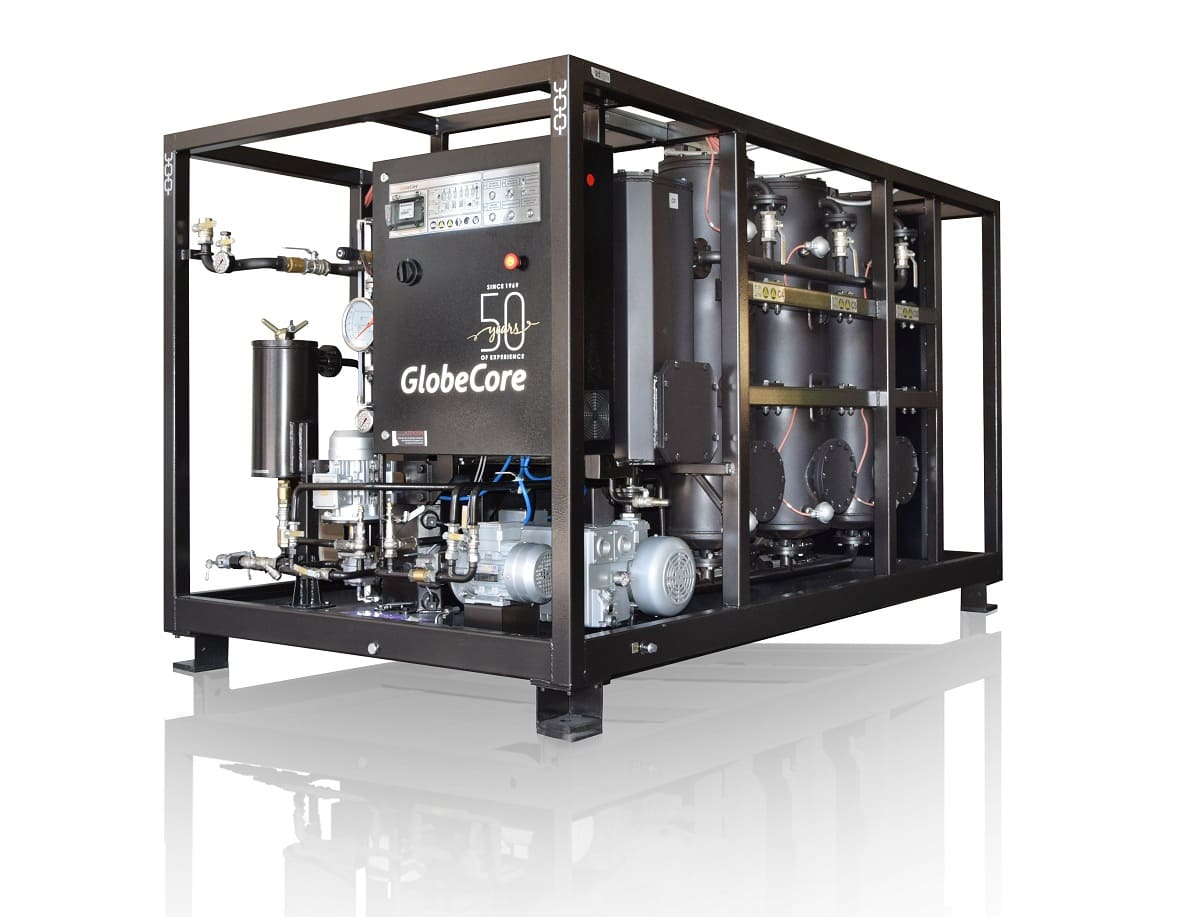How is oil containment designed for pad-mounted transformers?
- This topic has 1 reply, 2 voices, and was last updated 1 year, 3 months ago by .
Answers
-
September 10, 2024 at 5:51 am by Laura Anderson
The design of oil containment for pad-mounted transformers is critical to prevent environmental contamination in the event of a leak or spill. Oil containment systems typically include a robust secondary containment structure made of materials resistant to the transformer oil and equipped to handle the volume of oil in the transformer plus any additional spill events. These systems often feature a concrete or steel berm surrounding the transformer, creating a basin that can capture spilled oil. Proper drainage systems, such as ditches or sumps, facilitate the management of any accumulated rainwater while preventing contamination. Furthermore, overfill prevention devices and regular maintenance inspections are essential to ensure the integrity of the containment system. The design must also consider ease of access for maintenance operations while complying with local environmental regulations. Ensuring the containment system’s effectiveness is vital, especially concerning the oxidation stability of transformer oil, as it indicates the oil’s ability to withstand degradation over time, ensuring the long-term reliability of the transformer.



